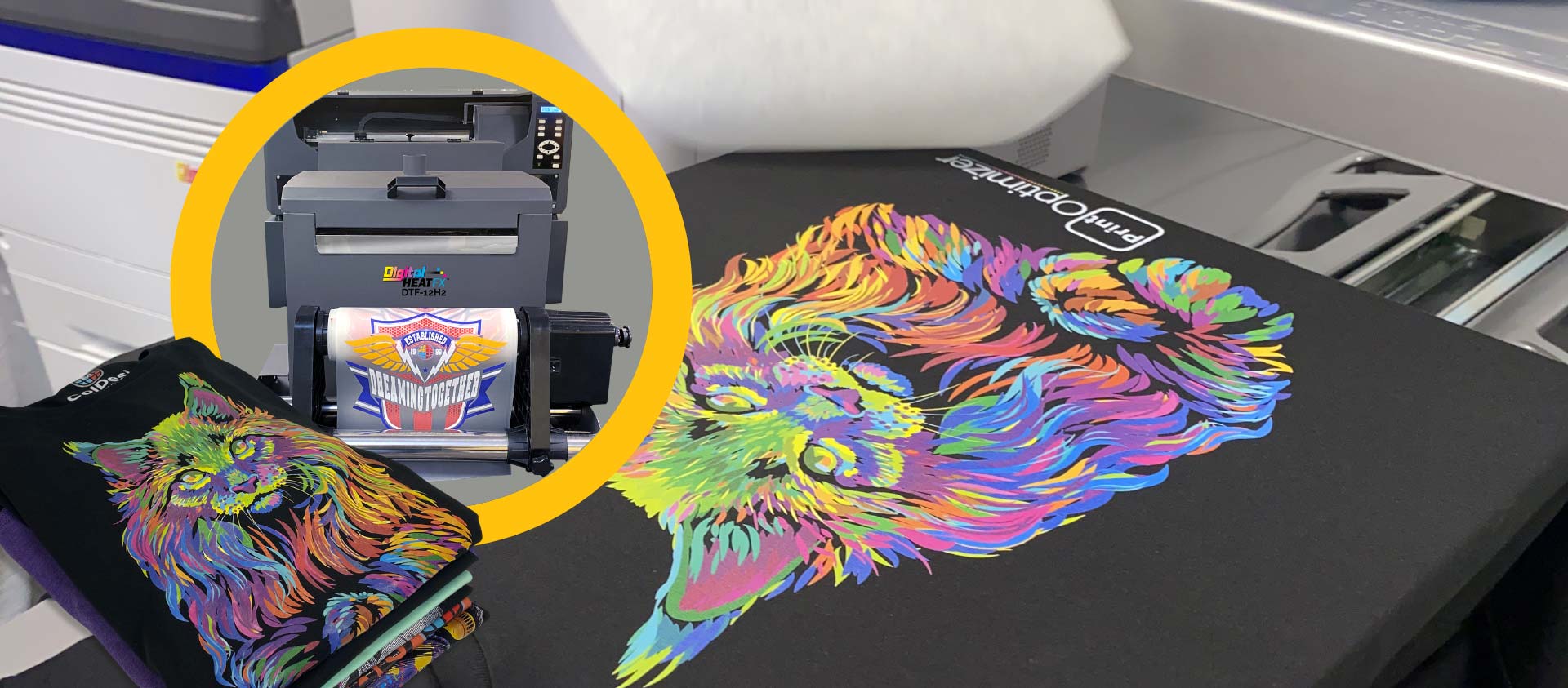DTF Printing Proficiency: Boost Your Textile Creations with Direct-to-Film Technology
DTF Printing Proficiency: Boost Your Textile Creations with Direct-to-Film Technology
Blog Article
The Future of Fashion: Exploring DTF Printing Technology in the Textile Sector
Among these advancements, Direct to Movie (DTF) printing innovation has emerged as an encouraging competitor, providing one-of-a-kind abilities and opportunities for developers and manufacturers alike. This advanced printing approach has actually stimulated rate of interest due to its possible to transform conventional textile printing procedures.
Advancement of Textile Printing
From the ancient worlds making use of methods like block printing to the digital transformation of today, fabric printing has consistently pushed boundaries. As the craft spread to other components of the world, brand-new methods such as screen printing and roller printing emerged throughout the Industrial Transformation, changing the textile market.
In the 20th century, developments in innovation brought about the development of rotary screen printing, permitting for faster and a lot more detailed layouts. The intro of digital fabric printing in the late 20th century noted a significant change towards even more functional and lasting printing approaches. Today, with advancements like Direct-to-Fabric (DTF) printing modern technology, developers can develop lively, in-depth prints with greater efficiency and lowered environmental effect. The evolution of fabric printing showcases an abundant background of imagination, resourcefulness, and technological progress on the planet of fashion and layout.
Advantages of DTF Modern Technology
With the advancement of textile printing strategies from old techniques like block printing to contemporary technologies such as electronic printing, the intro of Direct-to-Fabric (DTF) innovation has significantly improved the performance and sustainability of textile printing procedures. One of the primary benefits of DTF modern technology is its capacity to straight print designs onto textile without the demand for transfer documents, which reduces waste and simplifies the manufacturing process. Additionally, DTF printing allows for higher color vibrancy and information accuracy contrasted to typical techniques, allowing fabric suppliers to produce premium and elaborate layouts easily.
In addition, DTF technology is understood for its flexibility, as it can be utilized on various kinds of textiles, consisting of all-natural fibers like silk, cotton, and wool, as well as artificial products such as polyester and nylon (DTF Printing). This adaptability opens a variety of opportunities for developers and producers to trying out different appearances and products, leading to more cutting-edge and distinct products in the style industry. Generally, the implementation of DTF technology stands for a considerable development in textile printing, offering numerous benefits that contribute to the future sustainability and imagination of the sector
Sustainability in Fashion Manufacturing
Emphasizing environment-friendly techniques is vital in contemporary style manufacturing, lining up with the growing consumer demand for lasting products. Over the last few years, the style industry has dealt with increasing analysis as a result of its considerable ecological effect, consisting of excessive water usage, chemical air pollution, and fabric waste. As a feedback, numerous fashion brands are currently including sustainable methods right into their manufacturing processes to lessen damage to the environment.
Sustainability in style production encompasses different facets, such as utilizing organic and recycled materials, reducing energy consumption, carrying out ethical labor practices, and promoting transparency throughout the supply chain. In addition, advancements in modern technology, like DTF printing, offer chances to further improve sustainability in textile production. This technology enables accurate printing on fabrics, reducing ink wastefulness and water usage contrasted to conventional printing approaches.
Design Freedom and Customization

Additionally, DTF printing helps with modification on a range formerly unattainable, permitting customized clothes and one-of-a-kind items tailored to individual choices. Consumers can check my reference currently actively take part in the style procedure, developing garments that mirror their style and personality. This modification not just improves the customer experience however also advertises a feeling of exclusivity and individuality in a market filled with mass-produced apparel. Generally, DTF printing technology revolutionizes the design landscape in the textile sector, using endless possibilities for creative expression and personalized fashion.
Effect On Supply Chain & Market Trends
DTF printing technology in the textile sector is improving supply chain characteristics and affecting market trends via its performance and personalization capacities. By enabling on-demand printing and getting rid of the requirement for big supplies, DTF technology streamlines the supply chain process.
Furthermore, the personalization potential of DTF printing innovation is reinventing the market fads in the textile industry. As an outcome, DTF modern technology is driving a shift towards even more customer-centric and ingenious approaches within the fabric market, shaping the future of fashion.

Final Thought
Finally, DTF printing modern technology is changing the textile sector by using many benefits such as style personalization, flexibility, and sustainability. This ingenious innovation is reshaping the future of style manufacturing, influencing supply chains, and driving market trends towards extra green and reliable practices. As the market proceeds to progress, DTF printing will certainly play a critical function in shaping the method fabrics are generated and eaten in the years to find.
From the old people utilizing methods like block printing to the digital change of today, textile printing has continuously pressed borders. As the craft spread to other parts of the world, brand-new techniques such as screen printing and roller printing emerged during Going Here the Industrial Change, changing the fabric sector.
The intro of digital fabric printing in the late 20th century marked a substantial change in the direction of even more versatile and lasting printing approaches.With the development of textile printing strategies from old techniques like block printing to modern technologies such as digital printing, the introduction of Direct-to-Fabric (DTF) technology has actually dramatically boosted the performance and sustainability of textile printing processes (DTF Printing).In feedback to the important shift towards sustainability browse around these guys in fashion production, the adoption of ingenious technologies like DTF printing not only addresses environmental worries however additionally opens up avenues for unparalleled design freedom and modification in the fabric market
Report this page